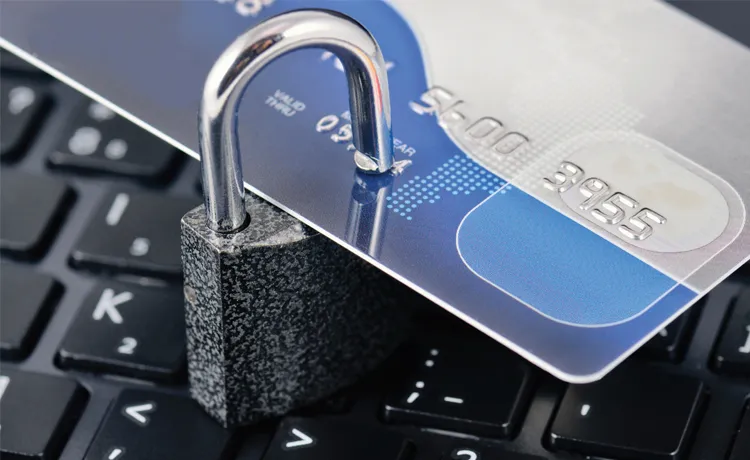No one is safe from financial fraud. From teens to the elderly, people of any age can be victims. Fraudsters are relentless – they steal personal information, access people’s bank accounts, and even trick people into sending them money, amongst other things.
Educate the members of your community about the different types of financial fraud, and how they can safeguard their information to keep their hard-earned cash in their own pockets.QuickFact: 2.7 million identity theft and fraud reports were received in 2017.
What types of fraud should I look out for?
- Identity theft: The use of your personal information without your permission.
- Investment fraud: False or fraudulent claims made to solicit investments or loans.
- Credit card scams: The unauthorized use of a credit/debit card number to fraudulently obtain money or property.
- Health/Medicare fraud: Medicare is billed for services or supplies you never received.
- Online scams: Using the internet (emails, social networking, etc.) to steal your personal information or your money.
Identity Theft & Financial Fraud
Although you can be the victim of any of the crimes mentioned above, identity theft is one of the most common types of fraud in this digital day and age. In fact, it was one of the top 3 reported fraud crimes in 2017-2018.QuickFact: According to the Federal Trade Commission (FTC), 61% of identity theft complaints are from people between the ages of 30 and 59.
Get the facts:
Identity thieves use your name and address, credit card or bank account numbers, Social Security number (SSN) or Medical insurance account numbers for their own benefit. They might want to:- Buy things with your credit cards.
- Get new credit cards.
- Open a phone, electricity or gas account.
- Steal your tax refund.
- Get medical care.
- Pretend to be you if he or she is arrested.
They might get your information by:QuickFact: Credit cards account for the most instances of identity theft.
- Stealing your mail or garbage to get your account numbers or SSN.
- Tricking you into sending your personal information through email or giving out information over the phone.
- Using personal information that is revealed about you on the internet.
- Stealing your wallet, purse or smartphone to get your personal information.
Preventing Identity Theft
The only way to prevent identity theft is to protect your personal information. Start with the following tips:- Check your credit reports from the major national credit reporting firms at least once a year to ensure no one has credit in your name.
- Check your bank and credit card statements every month for mistakes or unfamiliar charges.
- Create passwords that are hard to guess. Memorize them – don’t write them down.
- Never put personal information on a public computer.
- Install firewalls and virus-detection software on your home computer.
- Never give out personal or financial information over the phone or internet.
- Set a password or personal identification number on your smartphone in case it is lost or stolen.
- Be smart on open Wi-Fi networks. Use protected Wi-Fi from a network operator you trust or mobile wireless connection.
